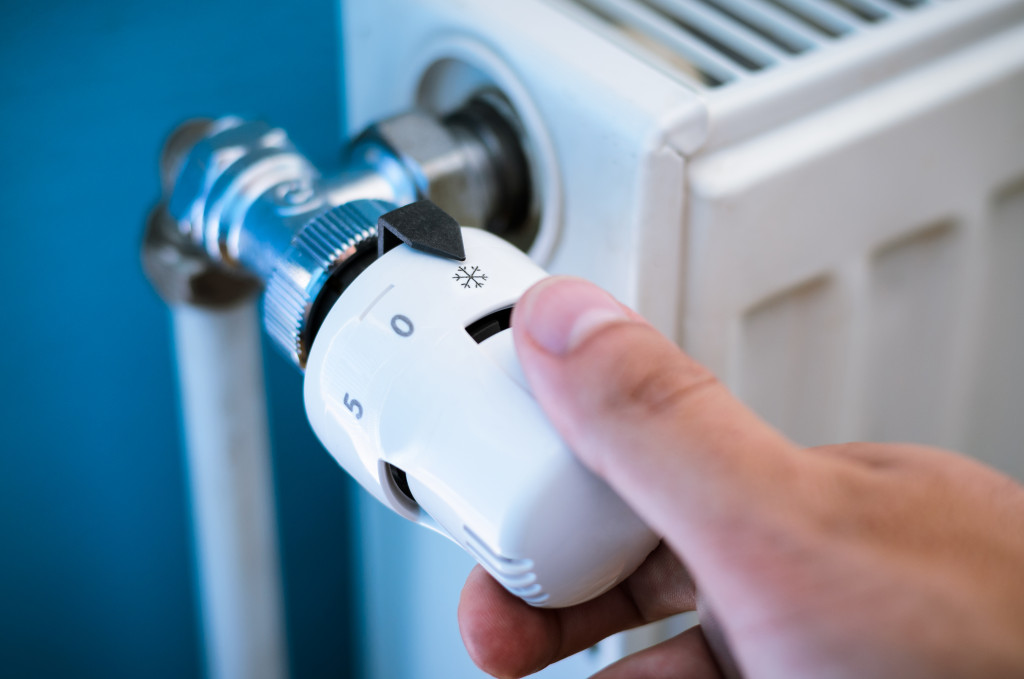- Traditional homes consume a lot of energy and produce significant carbon dioxide.
- Sustainable homes are designed to be more energy efficient, use less water, and contain healthier materials.
- They also have features such as rainwater collection systems and composting systems, which reduce waste.
- Making your home sustainable can save money in the long run with lower utility bills.
- Simple ways to make your home sustainable include making air conditioners more efficient, installing low-flow showerheads and faucets, and switching to LED bulbs.
The world is changing, and with that comes the need for sustainable living. Sustainable living means a way of life with minimal or no environmental impact. One of the ways we can achieve sustainable living is through sustainable homes. Traditional homes consume a lot of energy, water, and resources. They also produce a significant amount of carbon footprint. In contrast, sustainable homes are designed to minimize environmental impact and save money simultaneously. Here’s what you need to know about the carbon footprints of American homes and what you can do about it.
Carbon Footprint of American Homes
The average American home is approximately 40 tonnes of carbon dioxide per year. This is due to various sources, including energy use for heating and cooling, water consumption, and emissions from appliances used in the home. The most significant contributors are air conditioning units and furnaces. This is one of the main reasons why sustainable homes are better than traditional homes. Here’s a deeper look into that.
Energy Efficiency
One of the significant differences between sustainable homes and traditional homes is energy efficiency. Sustainable homes are designed to use less energy and reduce electricity bills. This is achieved by installing double-glazed windows, insulation, energy-efficient appliances, and solar panels. Traditional homes, on the other hand, consume a lot of energy through heating and cooling systems and lighting. Sustainable homes’ energy-efficient design results in a smaller carbon footprint, which is excellent for the environment.

Water Efficient
Water is a finite resource, and the demand for it is increasing. Sustainable homes are designed to conserve water. They have water-efficient appliances such as low-flow showerheads, faucets, and dual-flush toilets. They also have rainwater collection systems that help reduce the amount of water needed for irrigation and other non-potable applications. Traditional homes lack these water-saving features, thus resulting in high water bills and unnecessary wastage of water.
Healthier Homes
Sustainable homes are built using environmentally friendly materials that do not contain harmful chemicals or toxins. These materials are also used to improve indoor air quality. Examples include low VOC paint, eco-friendly floorings such as bamboo, and natural fiber insulation.
Traditional homes, on the other hand, use materials that contain harmful chemicals such as formaldehyde and lead. These chemicals can cause respiratory illnesses and other health problems.
Reduce Waste
Waste is another problem that traditional homes face. However, sustainable homes use sustainable materials for construction, such as recycled materials. This reduces the amount of waste in landfills and the carbon footprint of the construction process. Sustainable homes also have composting systems that convert organic waste into fertilizer, which is great for the garden. Traditional homes contribute to landfills by generating much waste during construction and daily activities.
Save Money
Sustainable homes are designed to save money in the long run. Energy-efficient appliances, solar panels, and water-efficient plumbing fixtures result in lower utility bills. Natural light and ventilation also reduce the need for lighting and air conditioning, reducing costs. Sustainable homes may have a higher initial construction cost but lower ongoing expenses than traditional homes.
Simple Ways to Make Your Home Sustainable
Thankfully, there are some easy steps you can take to make your home more sustainable. Here are a few ideas:
Make Your Air Conditioner More Efficient
When air conditioners function inefficiently, they can burn tons of carbon dioxide and cause a considerable spike in your electricity bill. To make your air conditioner more efficient, you can regularly check the filter and ensure the temperature is optimal when not in use.
Additionally, it’s essential to keep it repaired and clean in the long run. If you think your AC has been functioning inefficiently, consider contacting a local air conditioning duct repair service to check it. They can use their tools to find the issue’s root cause and repair it quickly.
Install Low-Flow Showerheads and Faucets
Low-flow showerheads and faucets reduce water consumption significantly, which is excellent for the environment. Installing these fixtures can also help you save money on your monthly bills.

Switch to LED Bulbs
LED bulbs use up to 90% less energy than traditional incandescent bulbs, so switch them out wherever possible. They last longer, too, meaning you won’t have to buy new ones as often.
Sustainable homes are the way of the future. If you all take steps to make your homes more
With these simple measures, you can significantly impact the environment in a small way. Living sustainably is not just about energy efficiency or reducing consumption; it’s also about taking responsibility for yourself and others living on this planet. Start today by making small changes that will go a long way in creating an environmentally friendly world for generations to come.

